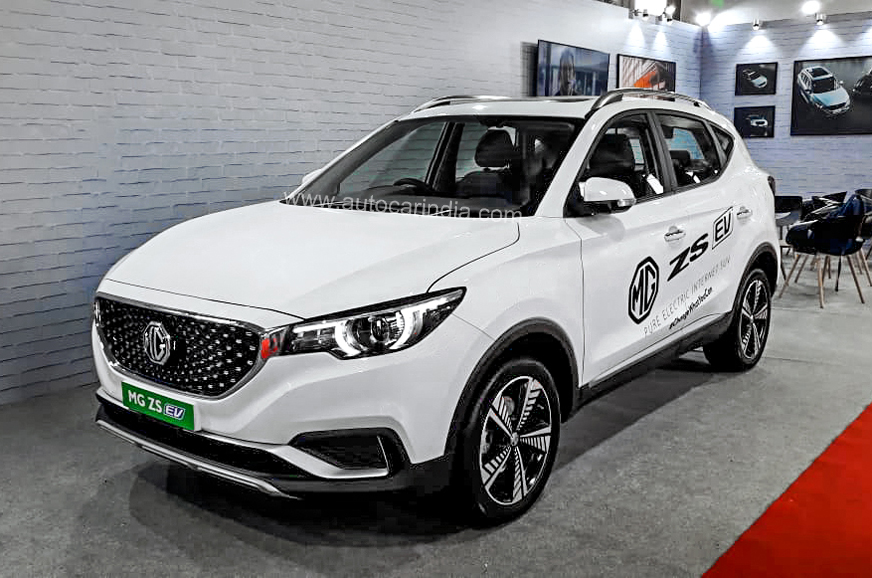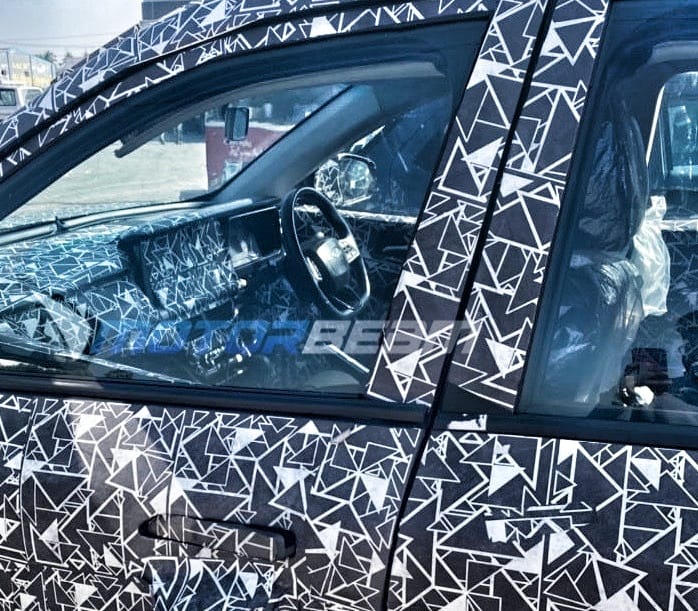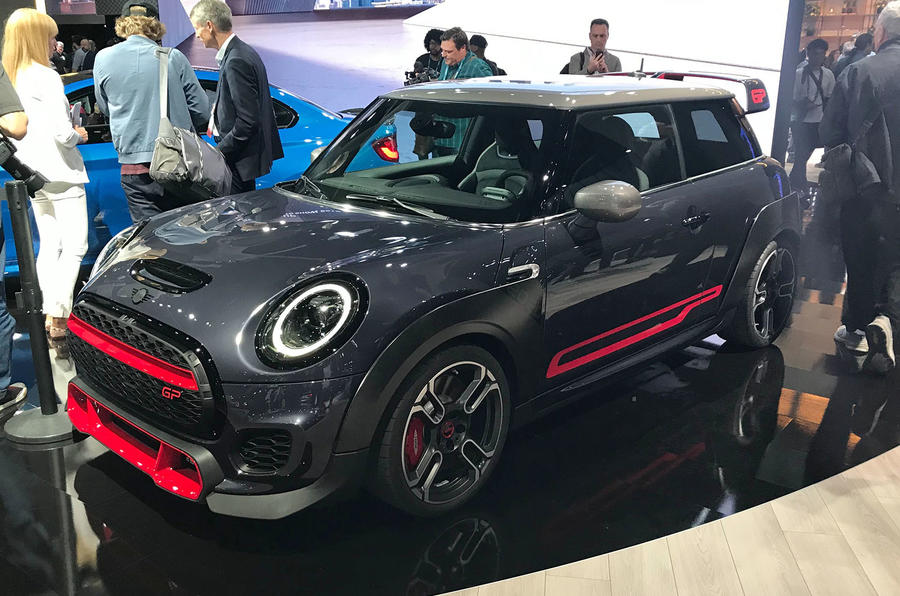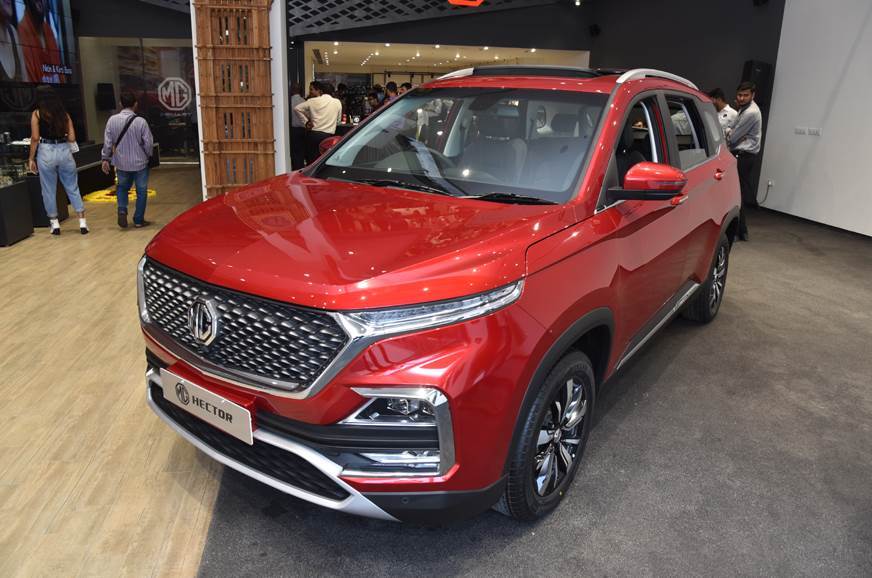Earlier this year saw the birth of a start-up that leveraged the joint strengths of three giants
– Tenneco, Federal-Mogul and Öhlins Racing. DRiV Incorporated, headquartered in the Greater Chicago area, will be one of the largest global multi-line, multi-brand aftermarket suppliers and one of the largest global original equipment (OE), ride performance and braking suppliers to aftermarket, light-vehicle, and commercial-vehicle customers. The $6+ billion company has a massive global footprint, including 64 manufacturing facilities worldwide, as well as 29 engineering and technical facilities. DRiV® has a stable of enduring aftermarket brands and long-time partnerships with the world’s leading original equipment manufacturers. These include Monroe®, Goetze®, Ferodo®, Champion®, Öhlins®, Moog®, Wagner®, Thrush®, Axios® and FP Diesel®, among several others. In this issue, we take a look at the FP Diesel® brand’s rich heritage and product range.
PROVEN TECHNOLOGIES FOR COMMERCIAL ENGINES
With FP Diesel® you get a complete offering of premium, leading-edge technologies engineered in each replacement engine and sealing component and designed to thrive in demanding work environments. From cutting-edge metallurgy on the inside to specialised coatings on the outside, FP Diesel® components are infused with advanced technologies. The award-winning engineering concepts behind these parts deliver problem-solving benefits that you can trust.
Our latest innovations address service issues in new and old engine platforms – further proof that when you choose FP Diesel® you get premium-quality parts along with the technology that engines need for extended durability and to perform like new.
TRUSTED TECHNOLOGIES
FP Diesel® develops and tests each new engine repair solution at our global network of research facilities, addressing the replacement challenges encountered in rebuilding engines and, in many cases, improving on original materials and designs. With FP Diesel®, you get repair solutions in the form of trusted technologies engineered to address the unique demands and operating environments of each engine after thousands of hours of operation.
AGRICULTURE Nothing works harder than agricultural equipment. So, when you need to service an agricultural engine used in the field, install equally hardworking components: FP Diesel®.
ON HIGHWAY Maximising your equipment investment means finding the best replacement components. That’s why OTR and commercial fleets choose FP Diesel® engine components.
MARINE From workboat applications to on-board generator sets and pumps, FP Diesel® engine components are ideally suited to extended life in the marine environment.
OFF HIGHWAY FP Diesel® parts are precision-engineered to meet even the most demanding specifications. They’re designed and tested to withstand brutal operating environments. They have proven to perform no matter where they go.
From design to installation, FP Diesel® components bring proven technologies to every commercial engine. This commitment to leading-edge technology is evident in every single FP Diesel® engine and sealing component, where having the right replacement part means more than simply matching the product’s dimensional characteristics.
TOP ENGINE EXPERT
For excellent top engine components that support engine performance and meet original equipment (OE) manufacturer standards, AE® has the answer. Since its inception over 50 years ago, AE® has developed the widest range of engine components available from any single source. The AE® Engine Solution product line include pistons, piston rings, bearings, valves, camtrains and ancillary products, belts and timing kits.
In India, FP Diesel® offers a full range of in-frame engine kits, cylinder kits and a full line of individual parts. For indigenous range of heavy-duty equipment, replacement parts are also available under AE® brand. Our components and kits help fleets of all sizes rebuild their hardest-working engines. When you buy an FP Diesel® part, you benefit from our expertise as a trusted supplier to some of the World’s leading vehicle, equipment and engine manufacturers.
- Engineered to original specifications
- Maximum Value – minimum downtime
- Suppliers to global leading engineering industries
FP DIESEL HISTORY
2015 - Renewed focus on growth and development
Renewed focus on growth and range development begins with the launch of European engine nameplate coverage that will build on existing coverage by industry-leading brands Goetze, Glyco, Nural and AE.
2014 - FP Diesel® established as a global brand
FP Diesel® is established as a global brand under single general management in Federal Mogul Motorparts Sealing and Engine global headquarters.
2011 - 25,000 SKU Mark
FP Diesel® portfolio reaches the 25,000 SKU mark.
2009 - Introduced market-leading technology
FP Diesel® introduces market-leading ML7 gasket technology.
2007 - Portfolio expansion
FP Diesel® expands full range of Caterpillar®, Cummins®, Detroit Diesel®, John Deere® and Navistar® portfolio.
2005 - Engineering team established
An FP Diesel® full-range engineering team and laboratory is established in Skokie, IL (US).
2000 - Acquisition of Nural
Federal-Mogul acquires European piston-maker Nural and adds the Nural brand to the engine repair parts portfolio.
1997 - Acquisition of Fel-Pro
Federal-Mogul acquires Fel-Pro and builds on the FP Diesel® brand.
1995 - Consolidation and growth
Added additional product range with Meridian Parts, Korody-Coyler acquisitions. Added John Deere line and expanded distribution footprint.
1993 - FP Diesel® brand launched
1990 - Product line expansion
Added Caterpillar and Cummins engine parts.
1989 - Acquisition of Phillips Gasket & Berrick Industries
Expanded into Caterpillar gaskets, Detroit Diesel engine parts.
from Autocar India https://ift.tt/2XT3FDe
via IFTTT





